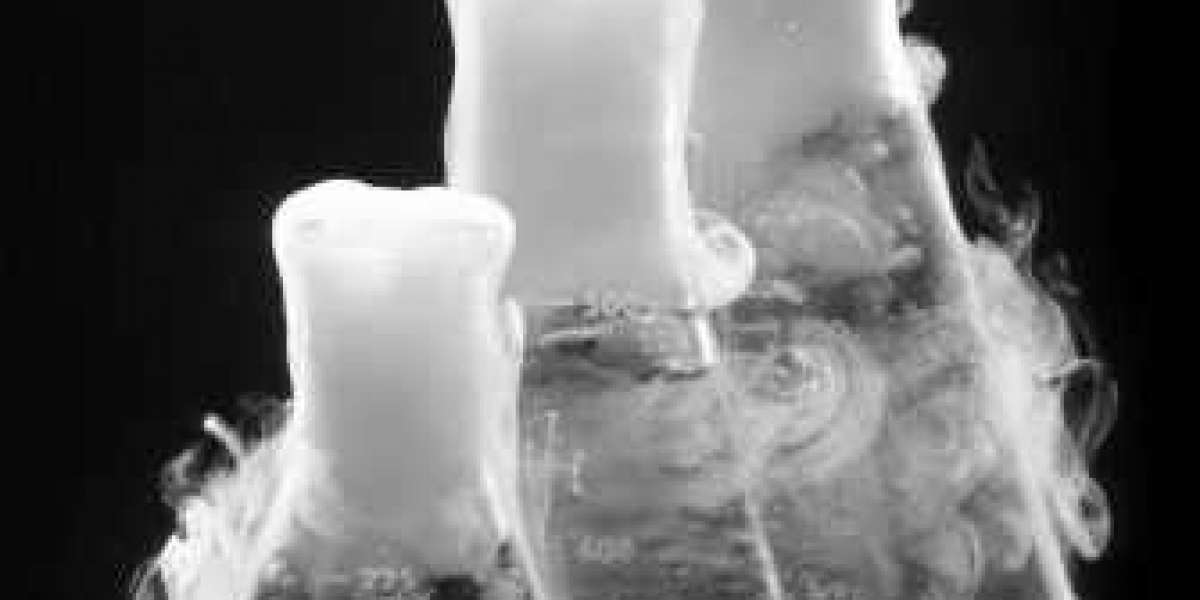Ingestion of Ethylene Glycol may be an importan oisoning. t contributor in patients with metabolic acidosis of unknown cause and subsequent renal failure. Expeditious diagnosis and treatment will limit metabolic toxicity and decrease morbidity and mortality. Ethylene glycol poisoning should be suspected in an intoxicated patient with anion gap acidosis, hypocalcemia, urinary crystals, and nontoxic blood alcohol concentration. Fomepizole is a newer agent with a specific indication for the treatment of Ethylene Glycol poisoning. Metabolic acidosis is resolved within three hours of initiating therapy. Initiation of fomepizole therapy before the serum creatinine concentration rises can minimize renal impairment. Compared with nervous system and hypoglycemia, and easier maintenance of effective plasma levels.
Family physicians are often the first health care professionals to see patients with undifferentiated complaints, including patients who have acute ingestion of poison. The American Association of Poison Control Centers reported more than 4,800 and 6,000 exposures to Ethylene Glycol in 19971 and 1998,2 respectively. Although the majority of these cases were unintentional, 21 in 1997 and 22 in 1998 were fatal. These reports are based on a surveillance system that underestimates the actual number of exposures.
Ethylene glycol is a solvent found in products ranging from antifreeze fluid and de-icing solutions to carpet and fabric cleaners.3,4 According to results from animal studies,4 the ingested amount of Ethylene Glycol required to produce toxicity in animals is approximately 1.0 to 1.5 mLper kg, or 100 mL in an adult. When treated appropriately, patients have survived much larger ingestions.4 Ethylene glycol is an important cause of metabolic acidosis of unknown source and subsequent acute renal failure. While death and renal failure may occur with delayed diagnosis, death is uncommon in persons who receive prompt diagnosis and treatment.
Pathophysiology
Toxicity results from the depressant effects of Ethylene Glycol on the central nervous system(CNS). Metabolic acidosis and renal failure are caused by the conversion of Ethylene Glycol to noxious metabolites. Oxidative reactions convert Ethylene Glycol to glycolaldehyde, and then to glycolic acid, which is the major cause of metabolic acidosis.5–7 Both of these steps promote the production of lactate from pyruvate.4,8 The conversion of glycolic acid to glyoxylic acid proceeds slowly, further increasing the serum concentration of glycolic acid.4 Glyoxylic acid is eventually converted to oxalic acid and glycine. Oxalic acid does not contribute to the metabolic acidosis, but it is deposited as calcium oxalate crystals in many tissues.4
Ethylene Glycol is rapidly absorbed by the stomach and small intestine, and is quickly redistributed throughout the body. Metabolites of Ethylene Glycol remain in thebodyfor several days, with calcium oxalate present in tissues for much longer.3 The clinical syndrome of Ethylene Glycol intoxication has traditionally been divided into three stages: progressive involvement of the CNS, the cardiopulmonary systems, and the kidneys. However, presentation is highly variable and dependent on the amount ingested, the combined ingestion with ethanol, and the timing of medical intervention.4
Clinical Manifestations
Ethylene Glycol produces CNS depression similar to that of ethanol. Symptoms of ethylene glycol toxicity include confusion, ataxia, hallucinations, slurred speech, and coma Symptoms are most severe six to 12 hoursafter ingestion, when the acidic metabolites of ethylene glycol are at their maximal concentration The presentation may be similar to ethanol intoxication, if the patient presents early or has consumed small amounts of Ethylene Glycol. However, an ethanol odor will be absent, and serum or respiratory ethanol levels will be too low to account for the degree offense depression. The absence of a strong odor of alcohol in a patient who appears intoxicated should raise the suspicion of Ethylene Glycol ingestion.4







